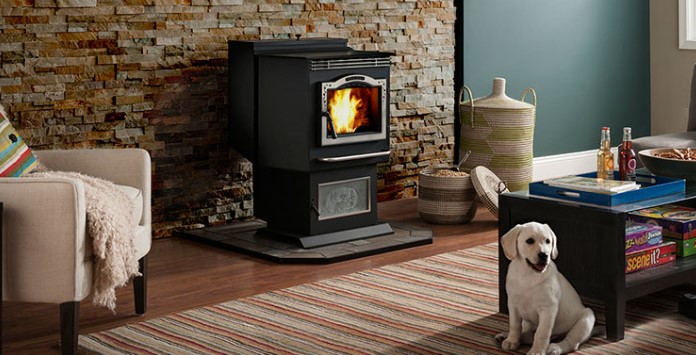By using biomass as a heating fuel, and more specifically pellets, you can achieve savings of almost 50% in fuel costs, according to data from the Spanish Association for Biomass Energy Valorization (AVEBIOM).
The data for the study come from an analysis of the consumption of different energy sources and the cost of each source in relation to the evolution of biomass fuel prices, the stability of which is one of the most interesting characteristics. The data come from the prices of biomass pellets. Wood as a source of thermal energy Avibiom website.
Following this study, the president of the Spanish Biomass Energy Valorization Association, Javier Díaz, pointed out that the beginning of 2017 “was marked by an increase in the prices of the main energy sources, and increases in electricity and gas continue in an increasing direction, which consequently leads to an increase in expenses for all Spanish households that still use gas heating systems, diesel stoves, electric radiators or other heating systems that require electricity consumption.
President Javier Díaz also pointed out that the cost of filling a diesel tank was 0.488 euros/liter a year ago and that the price of a liter of diesel is currently 0.7333 euros, indicating an increase of almost 50% in just one year.
However, Javier Diaz said that “in addition to savings, biomass fuels have other important advantages, the most important of which is their neutral nature in terms of carbon dioxide emissions that affect climate change, as well as their impact on strengthening rural economies, which in turn creates local jobs.”
Why are pellet heating systems the most economical?
We provide two practical and real examples.
Over the past two years, technicians from the Spanish Association for Biomass Energy Valorization – AVEBIOM have visited more than 20 Spanish cities with the aim of explaining to families the advantages arising from the use of biomass and the economic and environmental benefits, as well as finding out the real annual expenses of families with heating systems.
The differences in the costs of different energy sources are very large and occur frequently in the northern and interior provinces of Spain.

Example 1 – House with heating system
In this case, we use as a reference a house of 120 square meters with good thermal insulation, and the consumption with heating through underfloor radiators will be 20,000 kWh/year.
At the current market price (the price in Spain), the cost of using heating in pellets would be 950 euros and in heating oil it would be 1469 euros. In both cases it is assumed that the fuel will be delivered to the house by transport.
Example 2 – House without heating system
In a similar house but located in a coastal area or located in the south of Spain, without a heating system using radiators, the energy consumption required for heating would be 6500 kWh/year.
The annual energy consumption with pellets would cost 345 euros (about 90 bags of pellets); using butane gas heating would cost 500 euros (about 40 bottles of butane); but with electricity, heating with the same characteristics would have resulted in an additional cost of 1070 euros on the electricity bill.




